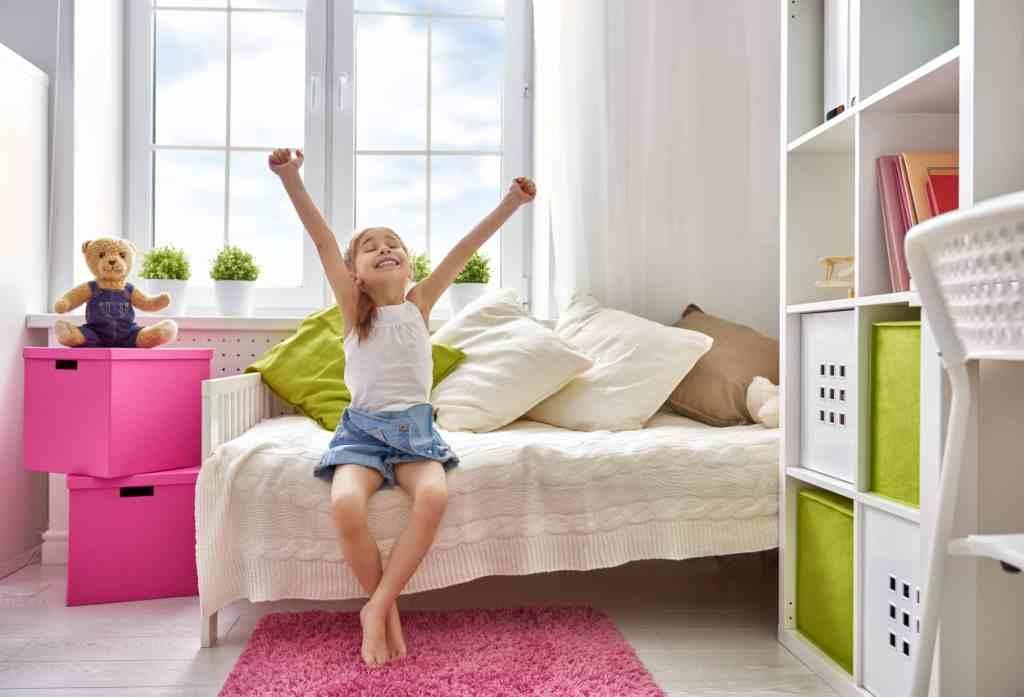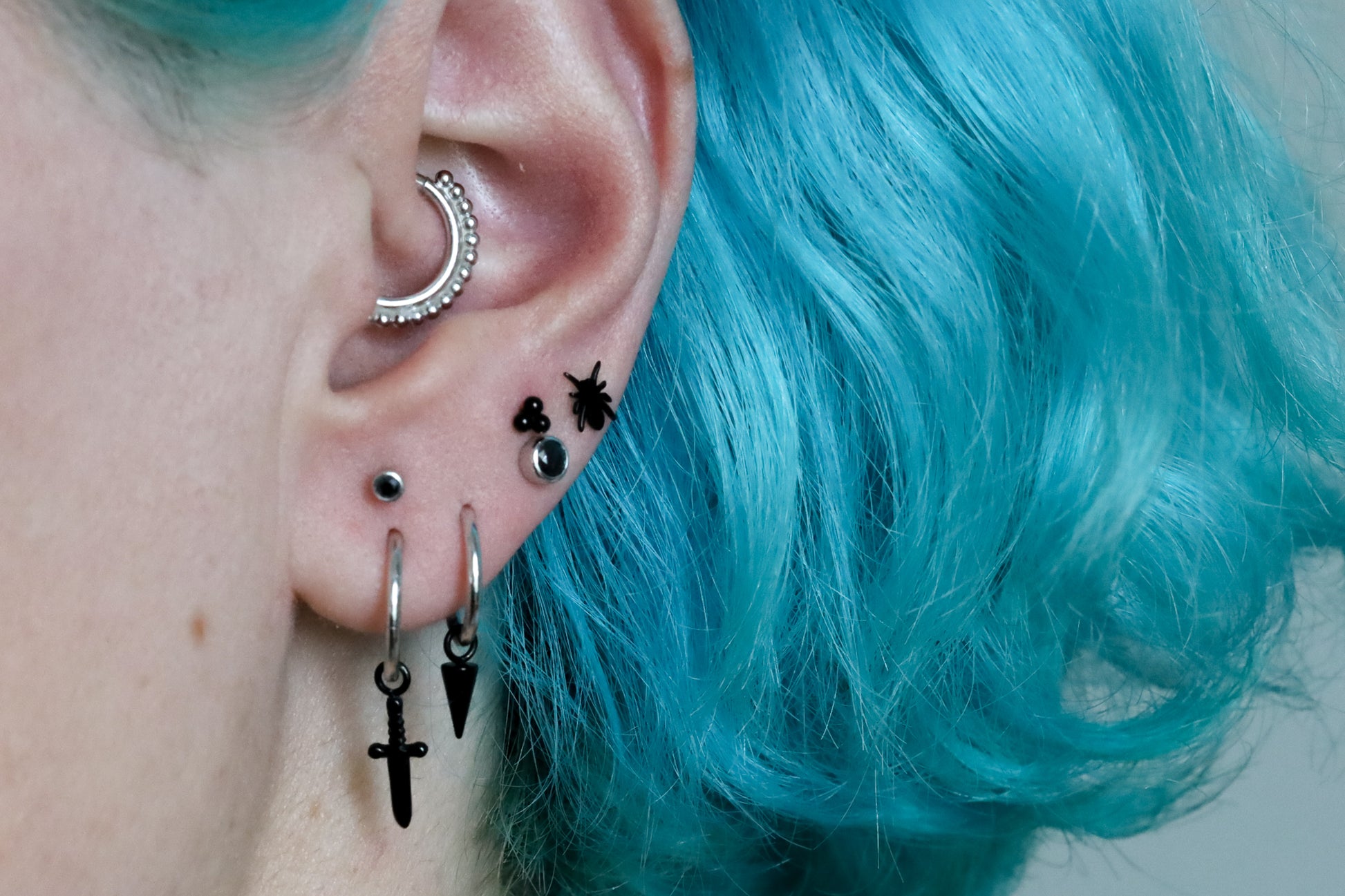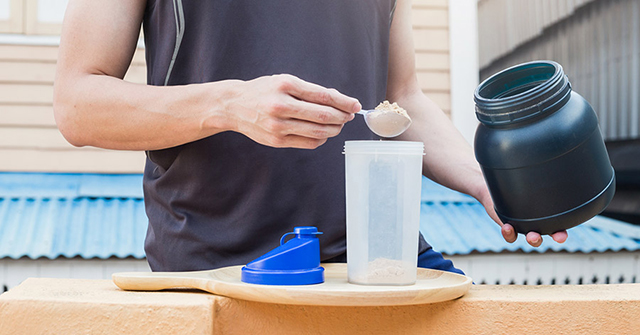Creating Healthy Toddler Rooms: Tips for Safe and Stimulating Spaces
Designing a toddler’s room can be both exciting and challenging. It’s the space where your little one will grow, learn, and play, so it must be not only comfortable but also safe and stimulating. A carefully thought-out room can encourage development, independence, and creativity while ensuring safety. From choosing floor beds to furniture, every little piece must be perfect for your little one. In this blog, we will explore how to create a toddler room that fosters these key elements.
Embrace Floor Beds for Comfort and Safety
When designing a toddler’s room, one of the most important considerations is safety, particularly when it comes to the bed. Traditional cribs might work in the early stages, but once toddlers become more mobile, floor beds can offer an ideal solution. Floor beds are low to the ground, making it easy for toddlers to get in and out of bed independently, which boosts their confidence and mobility. These beds also reduce the risk of falls compared to traditional cribs or high beds, ensuring your toddler’s safety while they sleep.
Incorporating a soft and comfortable mattress on the floor provides a peaceful, supportive space where your child can rest and wake up comfortably. Floor beds promote a sense of autonomy and allow toddlers to explore their space more freely, which can positively influence their motor skills development.
Creating a Safe and Stimulating Environment
The room’s layout is just as important as the furniture itself. Keep safety at the forefront by ensuring that heavy furniture is securely anchored, and electrical outlets are covered. Avoid sharp edges on tables or other furniture and choose soft rugs to cushion any falls. Since toddlers are constantly exploring their surroundings, create a safe environment where they can engage with their toys and learn through play.
Stimulating environments can enhance your child’s cognitive and physical development. To stimulate your toddler’s senses, opt for a mix of textures, colors, and materials. Soft, tactile items like plush toys, fabric wall hangings, or textured cushions can encourage sensory exploration. Bright, but not overwhelming, colours can also help keep your toddler engaged without overstimulation. Gentle hues like pastel blues, greens, and soft yellows, paired with bold accents in toys or artwork, strike the right balance.
Incorporating Functional Furniture
Toddlers need furniture that is not only functional but also accessible. Low shelving units allow your child to reach their books and toys independently, which helps them develop organizational skills and fosters a sense of ownership over their space. Consider multi-purpose pieces like a table and chair set that can be used for drawing, playing, or even eating snacks. A child-sized desk can encourage creativity, while a comfortable chair can offer a space for reading or relaxing.
As children grow, they will begin to show their preferences for certain activities. Ensure that their room reflects this by allowing them the freedom to engage in different types of play. Open shelving makes it easy for them to grab their favourite toys, while a toy box or bin provides a designated space for storage, maintaining order.
Introduce Natural Elements
Incorporating natural elements in your toddler’s room is not only aesthetically pleasing but also beneficial to their well-being. Plants, for instance, help to purify the air, and their presence can improve mood and reduce stress. Choose non-toxic, child-friendly plants like spider plants or succulents. Keep them out of reach to avoid any accidental ingestion, but don’t shy away from bringing the outdoors in.
Natural materials like wood for furniture and organic cotton for bedding contribute to a more eco-friendly and healthier environment. They are breathable, comfortable, and safe for your toddler’s sensitive skin.
Encouraging Independent Play
A well-designed toddler room should include spaces for both solitary and interactive play. Create small nooks where your child can play independently, helping them develop concentration and imaginative play. A reading corner with soft pillows or a small tent for “hide-and-seek” adventures is ideal for stimulating independent play.
At the same time, provide space for social play with friends or siblings. Soft rugs, large open spaces, and ample storage for playthings encourage collaborative play and sharing. Include toys and activities that are developmentally appropriate and encourage creativity, such as building blocks, musical instruments, or arts and crafts supplies.
Final Thoughts
Designing a toddler’s room goes beyond just selecting furniture and decor—it’s about creating a space that nurtures their growth, encourages exploration, and ensures their safety. With the right furniture, including floor beds, and by incorporating stimulating elements and a thoughtful layout, you can build a space that contributes to your toddler’s well-being, independence, and happiness. A safe and vibrant environment will help your child develop the necessary skills for their future.





